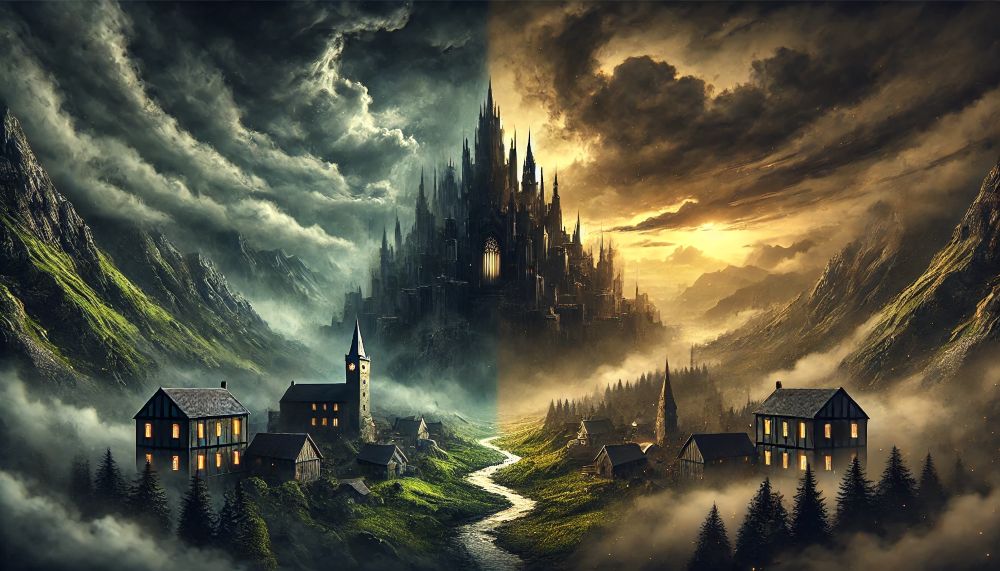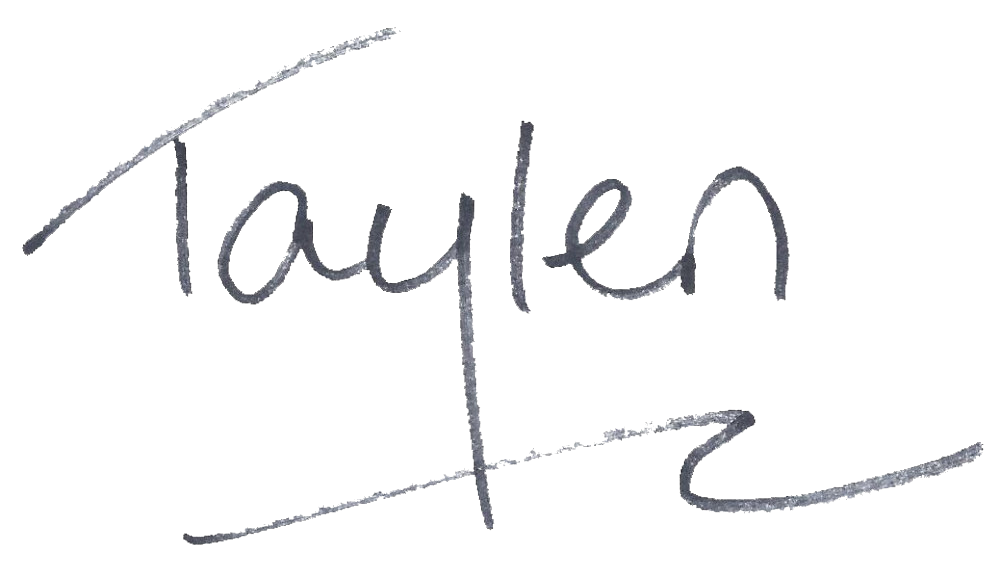
When we think about villains in fantasy literature, our minds often conjure the iconic figures who tower over their worlds, dripping with malice and menace. Sauron. Voldemort. The White Witch. These are the names that dominate the genre—the villains who are grand, larger than life, and indisputably evil. But what about the ones who aren’t? The ones who don’t twirl their mustaches or declare their malintent with every word? The ones who, like Adolf Eichmann in Hannah Arendt’s famous analysis, are terribly and terrifyingly normal?
Arendt’s concept of the “banality of evil” is one of those chillingly powerful ideas that echoes far beyond the history it was born from. Her observation that Eichmann, an architect of the Holocaust, was not a raving monster but a bland, unthinking bureaucrat, performing atrocities with the same detached efficiency one might use to balance a budget, forces us to ask: Is evil always so obvious? Does it come cloaked in menace—or in banality? And how does fantasy fiction, so often focused on the grand battle between good and evil, engage with these questions?
Let’s dive in.
The Grand Villains: Evil as an Entity
In much of classic fantasy, evil isn’t just a moral failure; it’s a force, an entity, or even a metaphysical inevitability. Take Sauron, for example, in The Lord of the Rings. There’s no real question about his motivations or the nuance of his character—he’s evil incarnate, the manifestation of corruption and domination. He doesn’t “blend in” or pretend to be normal. His very existence is otherworldly, as though Tolkien wanted us to look at him and see nothing but the shadow of a malevolent god.
This kind of evil works because it’s epic. It provides the stakes for our heroes to rise against. Without Sauron, Frodo’s journey wouldn’t carry the same weight. Similarly, Voldemort in Harry Potter follows this pattern. He’s driven by a hunger for immortality and power, but his presence is undeniably sinister—a snake-eyed, inhuman specter whose name alone instills terror.
These villains aren’t banal; they’re operatic. But as powerful as they are, they’re also distant. They don’t make us uncomfortable in the way Arendt’s Eichmann does because they are unmistakable. You’d spot Sauron or Voldemort coming a mile away.
The Quiet Villains: Evil as a Functionary
Then there are the villains who feel disturbingly close to Arendt’s “banality of evil.” These are the cogs in the machine, the bureaucrats of destruction, or the seemingly harmless individuals who commit horrifying acts under the guise of duty, loyalty, or survival.
Take Dolores Umbridge from Harry Potter. She’s not Voldemort—she doesn’t openly declare war or threaten genocide. She’s not even charismatic or larger-than-life. But in many ways, her brand of evil is more frightening because it feels so ordinary. She embodies systemic cruelty, dressing her authoritarianism in pastel pink and kitten plates. She enforces unjust laws, not with the malevolent glee of a classic villain, but with the bureaucratic efficiency of someone who believes they’re just “doing their job.” She’s every Eichmann-esque figure who follows orders and perpetuates evil under the guise of rules and order.
Or consider Denethor in The Lord of the Rings. While not the outright antagonist, his refusal to lead Gondor against the rising tide of Sauron shows another layer of banal evil: despair, selfishness, and an inability to rise above personal failings in the face of larger consequences. He isn’t “evil” in the conventional sense, but his inaction and arrogance bring Gondor to the brink of ruin. He’s a cog in a failing system, a man who cannot see past his own bitterness to fight for what’s right.
The Moral Ambiguity of Modern Fantasy
As fantasy has evolved, so too has its approach to villains. Modern fantasy loves a morally ambiguous character—villains who are shaped by their circumstances, whose evil is grounded in rationality (or, at least, in a twisted sense of logic). These are the characters who might have been heroes, if only they’d made a few different choices.
Take Jaime Lannister from A Song of Ice and Fire (Game of Thrones). When we first meet him, he’s despicable—a man who pushes a child out of a window without hesitation. But as the story unfolds, we learn about the trauma, loyalty, and circumstances that shaped him. He’s not Sauron or Voldemort. He’s a flawed human being, capable of both cruelty and redemption. He’s not “evil” in the grand sense, but he’s also far from innocent. He’s a prime example of the ordinary person who does monstrous things under the guise of loyalty to family or duty.
Or consider Sand dan Glokta from Joe Abercrombie’s First Law trilogy. Once a noble and promising soldier, Glokta is transformed into a bitter, cynical torturer after enduring years of torment as a prisoner of war. His actions are horrifying, but they’re also understandable. Abercrombie forces us to confront the reality that evil is rarely as simple as we’d like it to be.
Why This Matters
Fantasy is often seen as escapism—a way to immerse ourselves in magical worlds where good ultimately triumphs over evil. But the best fantasy challenges us to think about the nature of evil itself. Are villains born, or are they made? Does evil always announce itself, or does it sometimes slip in quietly, wearing the face of normalcy?
Hannah Arendt’s work reminds us that the most terrifying evils don’t always come with horns and fire. Sometimes, they look like the bureaucrat stamping papers or the neighbor who turns a blind eye. Fantasy, at its best, explores these questions, giving us villains who are not just forces to be defeated but reflections of humanity’s darker side.
So the next time you read a story about a Dark Lord or a morally gray antihero, think about what it’s really saying about evil. Is it operatic, grand, and distant? Or is it the kind of evil that could be lurking in the person next door?
What do you think? Are the Saurons of the world more frightening—or the Eichmanns?

.
.
On pre-order: Firebird Omnibus
Newly Released: Sylvalight — Roots of the Storm — Magorian and Jones Series Boxed Set
Thanks, timely and poignant. And then of course those who purposefully wrap themselves in bureaucratic robes to wreak havoc are another face of this evil.
You read more into it than I intended, Charlie. I hadn’t thought of it that way. 🙂
T.